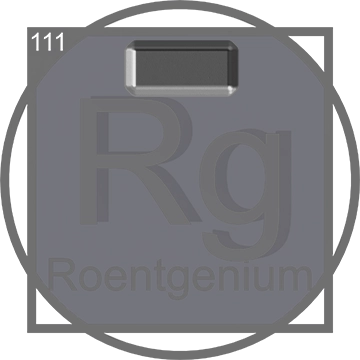Roentgenium (Rg): A Glimpse into the World of Superheavy Elements
Introduction
Roentgenium (Rg) is one of the most recent additions to the periodic table, representing a frontier in the exploration of superheavy elements. This element, named after the famed physicist Wilhelm Conrad Röntgen, who discovered X-rays, encapsulates the ongoing advancements in nuclear chemistry and particle physics.
Discovery of Roentgenium
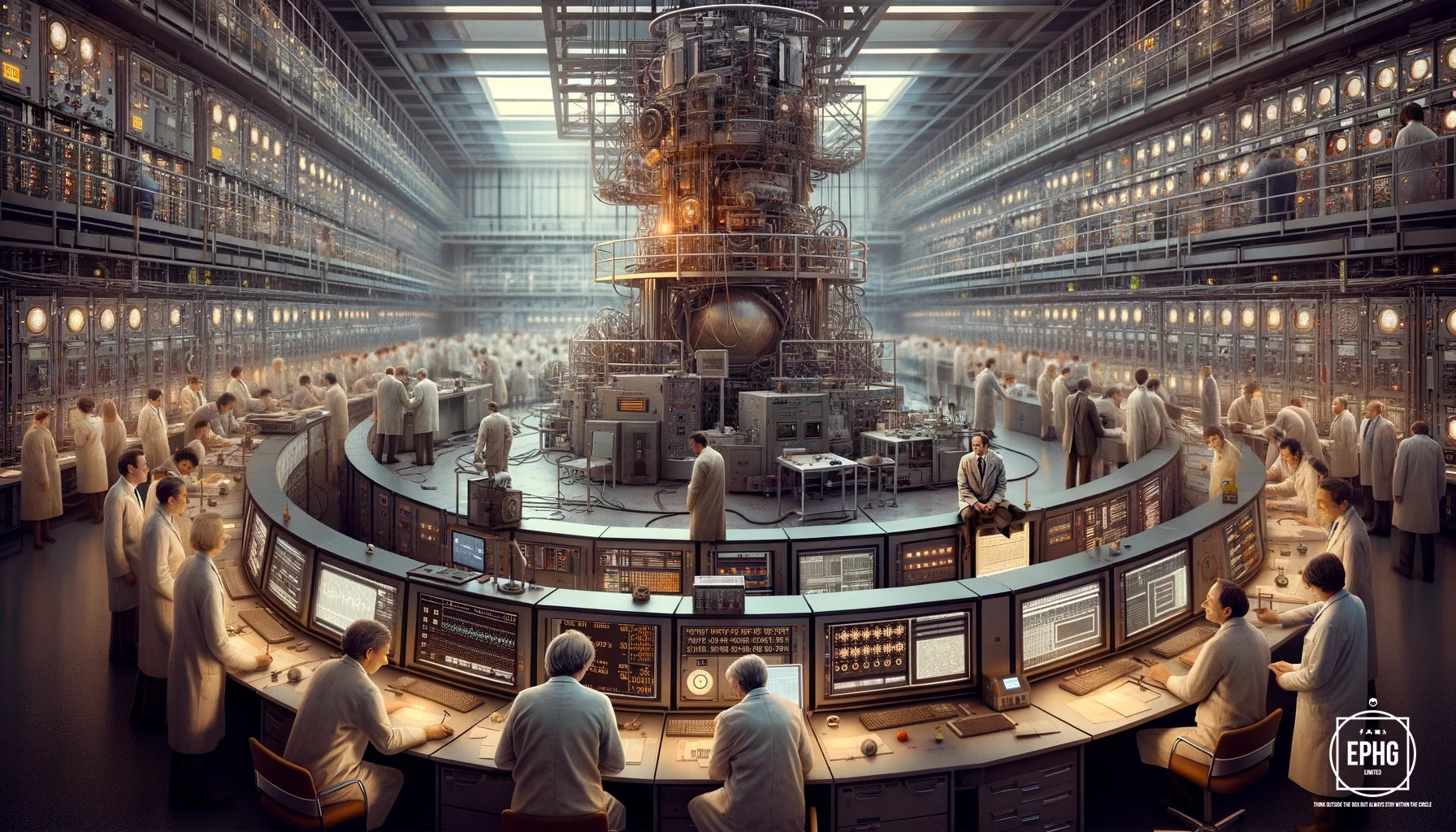
Roentgenium was first synthesized on December 8, 1994, by a team of scientists at the GSI Helmholtz Centre for Heavy Ion Research in Darmstadt, Germany. The team, led by Sigurd Hofmann, succeeded in identifying element 111 by bombarding bismuth-209 with nickel-64 ions. This process resulted in the creation of a single atom of Roentgenium-272, which has a half-life of about 3.8 milliseconds, quickly decaying into lighter elements through a series of alpha decays.
Roentgenium in the Periodic Table
Roentgenium is positioned in Group 11 of the periodic table, sharing the group with familiar metals such as copper, silver, and gold. It is part of the 7th period and the d-block, typified by its electron configuration that is predicted to follow the orbital filling pattern of its lighter homologues. The chemical and physical properties of Roentgenium, though challenging to observe directly due to its short half-life, are expected to be similar to those of gold and silver, suggesting potential albeit theoretical uses in various high-tech applications. Learn more about Roentgenium's place in the periodic table.
Physical and Chemical Properties of Pure Roentgenium
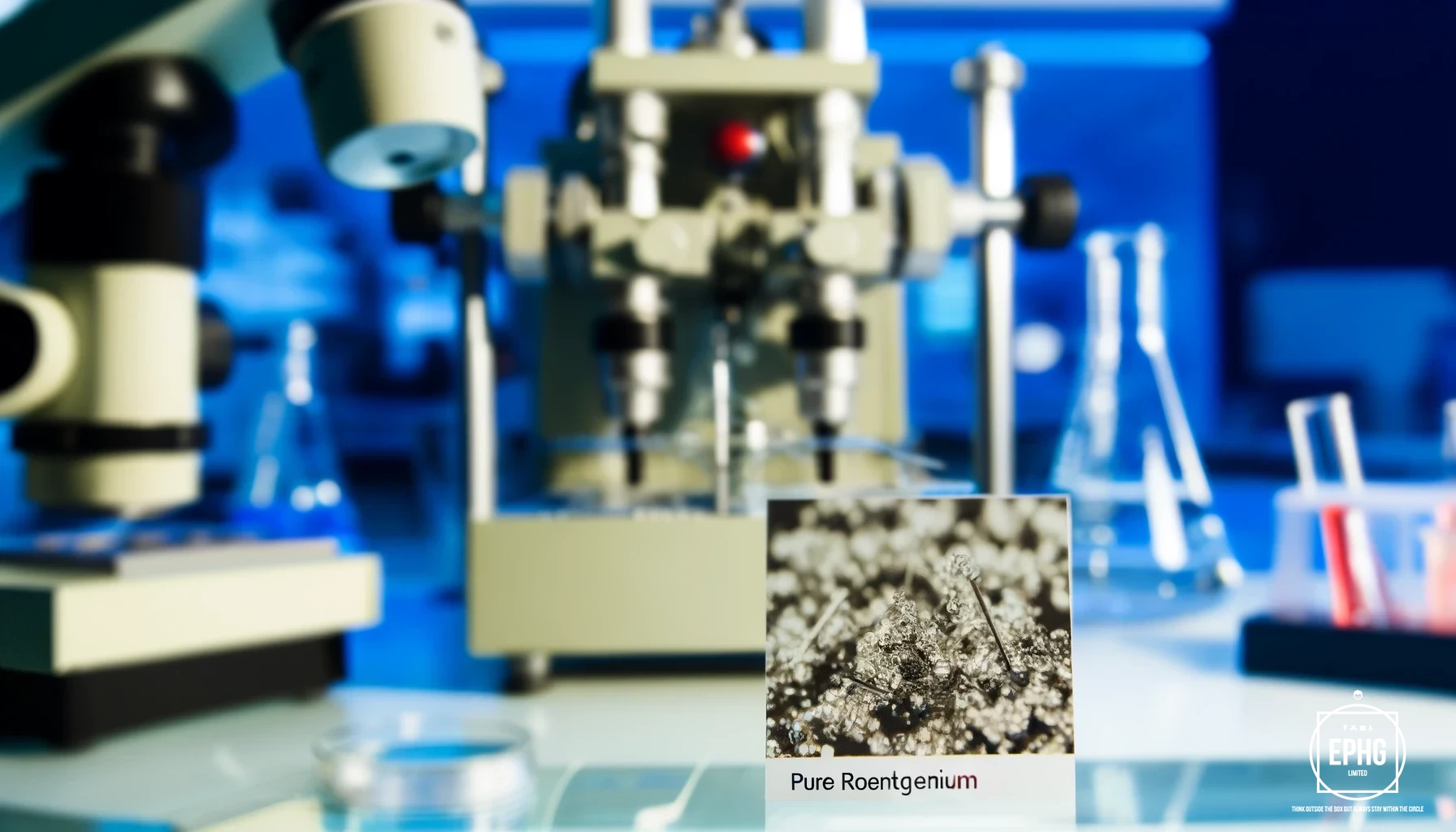
The most stable known isotope of Pure Roentgenium, Rg-282, has a half-life of approximately 2.1 minutes, which poses significant challenges in studying its chemical properties. However, theoretical studies suggest that Pure Roentgenium may exhibit a higher reactivity compared to gold, potentially forming compounds such as halides or complex ions. This increased reactivity could make Pure Roentgenium a subject of interest in future chemical research, particularly in exploring its bonding behavior and potential uses in catalysis or materials science.
Scientific and Technological Applications
While the practical applications of Roentgenium are currently non-existent due to its rarity and radioactive nature, the research into this element offers valuable insights into the structure and stability of superheavy elements. This knowledge enhances our understanding of the forces that hold atomic nuclei together and could inform future attempts to synthesize even heavier elements with more stability and longer half-lives.
The techniques developed for synthesizing Roentgenium have also advanced the capabilities of particle accelerators and detection equipment, which have applications in other areas of science and technology, including materials science and nuclear medicine.
Production of Roentgenium
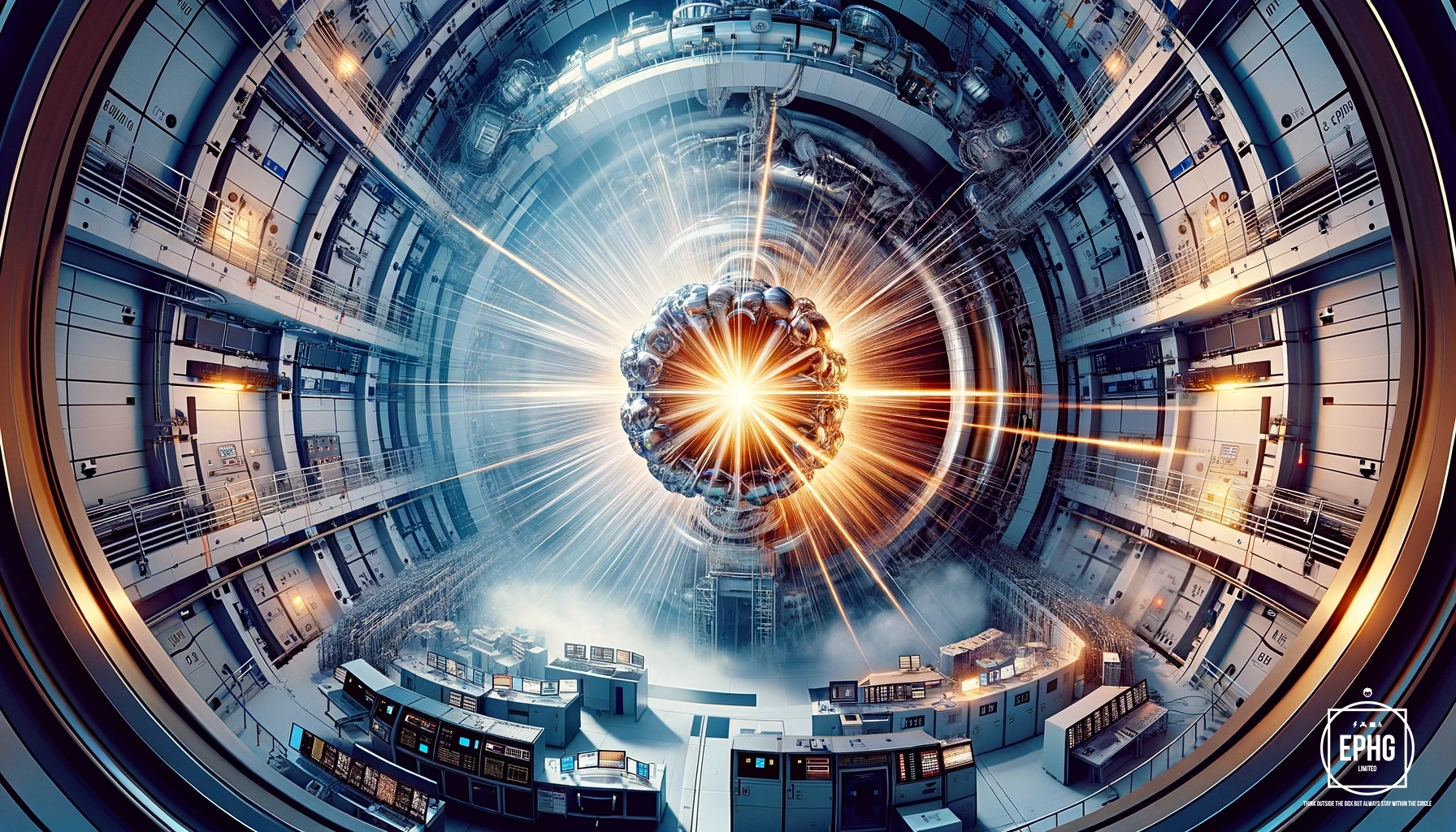
Roentgenium is created through a complex process involving particle accelerators, specifically designed to collide lighter atoms at high energies. The most common method for producing Roentgenium involves bombarding a target made of bismuth with ions of nickel. The fusion of these atomic nuclei occasionally yields an atom of Roentgenium, albeit at a very low success rate. The entire process requires highly sophisticated equipment and precise control of numerous variables.
Associated Elements
In the production of Roentgenium, elements such as bismuth and nickel play crucial roles. These materials are not typically found in nature in forms suitable for nuclear reactions and must be purified and prepared to exact specifications. Bismuth and nickel are processed and shaped into targets for irradiation in particle accelerators.
Modern Applications of Roentgenium
Currently, Roentgenium has no practical applications outside of scientific research. The element's extreme radioactivity and short half-life limit its use to experimental scenarios within controlled laboratory settings. Scientists study Roentgenium primarily to gain insights into the properties and behaviors of superheavy elements, which can inform theoretical models of atomic structure and nuclear physics.
Future Prospects of Roentgenium
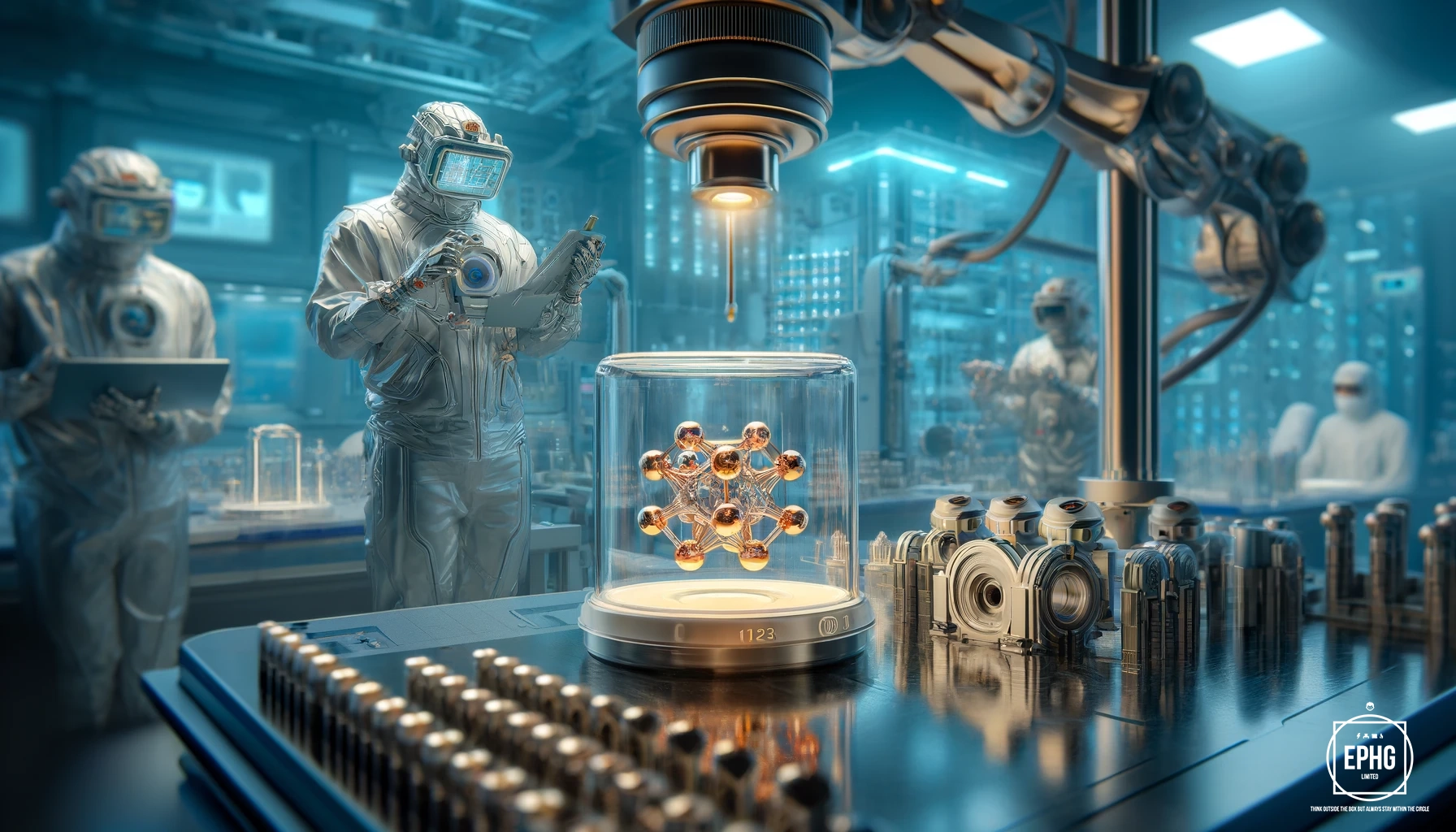
The study of Roentgenium is poised to advance our understanding of the periodic table's limits and the forces that govern atomic stability. Future research could potentially lead to the discovery of new, more stable isotopes of Roentgenium or neighboring elements in the periodic table. These discoveries are crucial for the theoretical development of new materials and could one day lead to practical applications in areas such as energy, where understanding superheavy elements might provide new insights into nuclear fusion processes.
Additionally, the techniques developed to synthesize and study Roentgenium are continuously improving. Advances in particle accelerator technology and detection methods may allow scientists to create and analyze elements even heavier than Roentgenium, pushing the boundaries of known chemistry and physics even further.
